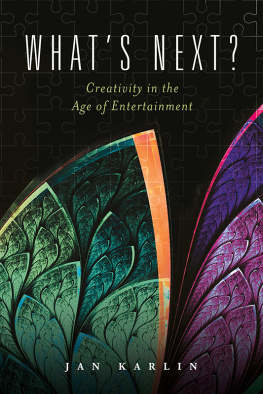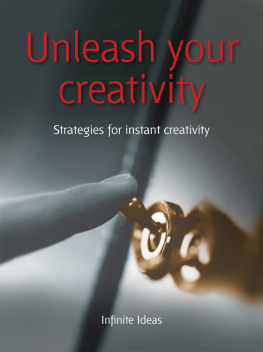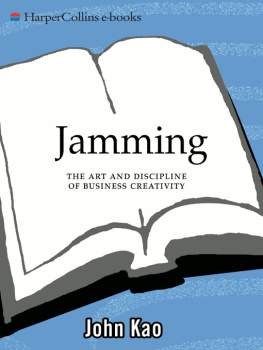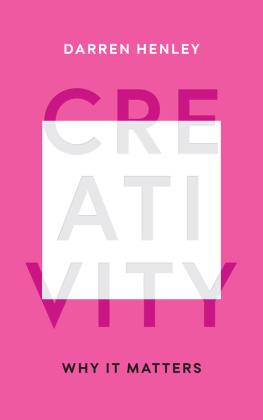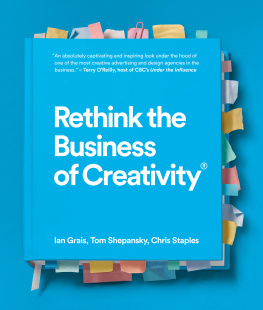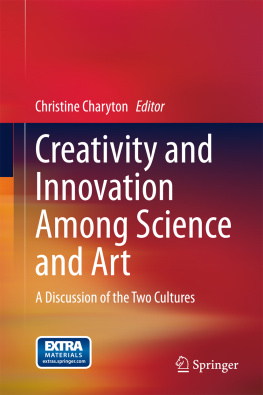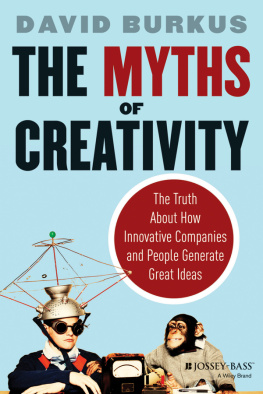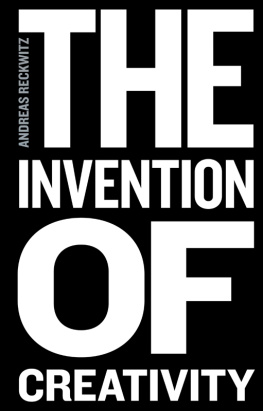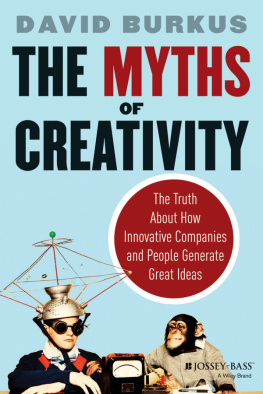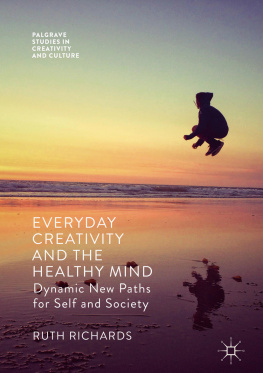Copyright 2017 by Jan Karlin
All Rights Reserved
ISBN: 978-1-54390-703-2 (Print edition)
ISBN: 978-1-5439070-4-9 (E-book)
Library of Congress Control Number: 2017910627
1. Creativity 2. Music 3. Performing Arts 4. Arts Education
5. Arts Management 6. Entrepreneurship 7. Cultural Issues 8. Leadership
The views, thoughts, and opinions expressed in this book belong solely to the author. They do not reflect in any way those of the institutions or organizations with which she is affiliated.
Printed in the United States of America
Visit www.jankarlin.com

To my husband , who always provides encouragement, love, and inspiration
in our journey together.
Introduction
I am enough of an artist to draw freely upon my imagination.
Imagination is more important than knowledge.
Knowledge is limited. Imagination encircles the world. Albert Einstein

Whats Next? Creativity in the Age of Entertainment is a memoir of observations from my concurrent careers as a musician, educator and cultural entrepreneur. Over time, I discovered that creativity is the shared background of arts, education, innovation, and entertainment. I have written this book to explore why creativity is often elusive and misunderstood in our market-driven era, what I describe as the Age of Entertainment .
All participants in the creativity matrix artists, educators, arts organizations, university professors, philanthropists, and entertainment industry insiders need to understand the situation in which creativity finds itself in the 21st century. Whats Next? Creativity in the Age of Entertainment captures my experiences from a multi-faceted career. My observations explore the interconnected causes of the creativity crisis that exists today.
Many friends and colleagues encouraged me to write a book about my career. I am a founding executive director of a nonprofit arts organization in Los Angeles County Southwest Chamber Music. I also performed for forty years as a professional violist on stages from Boston to Los Angeles, and Viennas Musikverein to the Hanoi Opera House. As producer of the discography of Southwest Chamber Music, our thirty recordings won two Grammy Awards and received nine nominations. Thirty-five years as an educator at primary, secondary and university levels shaped notable educational programs. The U.S. Department of State and Mexicos Conaculta supported meaningful international projects with Vietnam and Mexico. To accomplish all this, I fundraised, budgeted, marketed, publicized, practiced, performed, taught, and much, much more.
Why did my writing gravitate toward creativity to sum up the observations of my career? I slowly became aware of creativitys essential and unifying presence throughout my life. Yet publications about creativity books, essays or articles usually explored only one facet: entrepreneurship, arts education, neurological research, or other topics. These attempts to describe creativity demonstrated to me that the desired inclusion of more imagination in the arts, business, education and science was problematic. Few comprehended creativitys interrelated environment. In my experience, the background began with disciplined training provided by inspirational teachers.
Over the years, Ive also learned that words matter a great deal. Changing definitions are reshaping our era words are about perception, but the misuse of words can lead to serious misunderstanding. As an example, the blending of the terms art and entertainment has resulted in confusion for audiences, students, media, and arts institutions.
However, creativity eludes a single definition. The word has become a catchall phrase used in many fields about numerous types of people and skills. Creativity is difficult to measure or to quantify. What I hope to share is my experience with many types of creative people and artistic projects, demonstrating how inspiration and imagination coexist across various disciplines. I illustrate my ideas about the future of arts education and the music business through a selection of personal career experiences, observations, and examples of successful programs.
My discussion begins with the importance of inspiration behind all creativity. I explore our Age of Entertainment and how our culture is discouraging creativity in many fields. Examples of international projects provide a background of program and leadership development. The roles of imitation, discipline and cleverness in developing creativity skills offer an overview of the processes used by many creative people. Examination of current arts and education environments follow. Finally, I offer suggestions to assist in developing creativity in the arts, education, philanthropy, and business sectors. I suggest steps to begin conversations among stakeholders to create clarity about the issues that are inhibiting the development of creativity.
I would like to thank my editor Lance Bowling of Cambria Master Recordings who generously helped me become a better writer over many months of collaboration. Throughout the creation of my book, Mary Schander was my sounding board and patient reader who gave me encouragement and excellent suggestions. To my colleagues and friends mentioned in the text, I thank you for sharing many wonderful experiences and look forward to more in the future.
Inspiration and Language
Art is a mystery. A mystery is something unmeasurable. e.e. cummings

I looked out into the audience as I took my place on the stage of the Hanoi Opera House. We were ready to perform Aaron Coplands Appalachian Spring with an ensemble of American and Vietnamese musicians.
What was this experience? Was it an entertaining evening, soft-power diplomacy, a classical music performance, a healing event between former enemies, a demonstration of cultural leadership, an educational experience, or just another paycheck for the musicians?
Perhaps it was all of the above. Personally, it was an inspirational experience, one that would remain with me as a highlight of my life and an evening that I was proud to have created. The definition of the event and its purpose meant different things to each person onstage and in the audience; all were valid points of view. As we navigated through this remarkable cultural exchange project sponsored by the U.S. Department of State in 2010, language was paramount as we uncovered the meaning of the project and the cultural differences between east and west.
Language is key to understanding lifes experiences how we define what we do can make a difference in our comprehension and insight. Sometimes the inability to find words is itself one meaning of inspiration, a drawing in of breath, inhalation, which often happens when we cannot find a way to describe how we feel.
Music is an art form that uses sound as its language instead of words. Few have the talent and ability to describe music through words, although many try. The visual arts and dance also operate on an experiential level through observation and movement, similar to music. Literature and theater are about the use of words and depend on language for creative expression. As a student gathers experiences, the arts role in understanding the world becomes very important.

